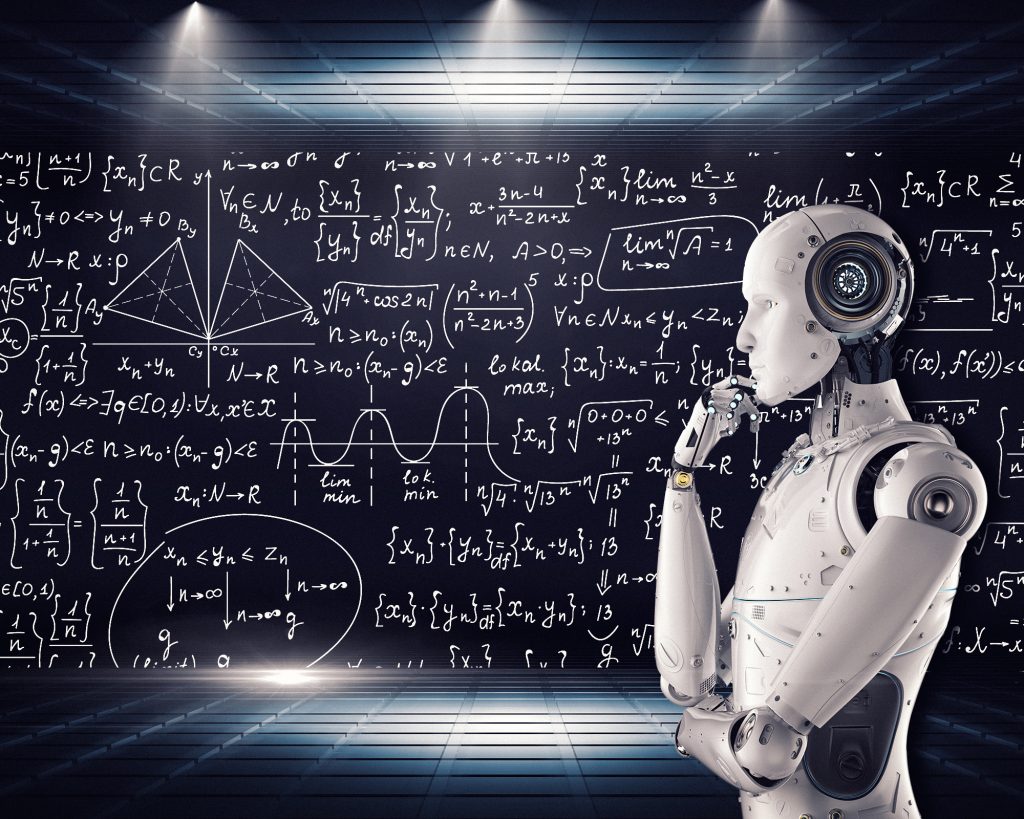What is machine learning? In its simplest terms, machine learning is a method of teaching computers to learn from data. This can be done in a supervised or unsupervised manner. Supervised learning is where the computer is given a set of training data, and it is then able to learn and generalize from that data. Unsupervised learning is where the computer is given data but not told what to do with it. It will have to learn from the data itself and try to find patterns. There are many different types of machine learning algorithms, but they all aim to accomplish one goal: make predictions about future data based on past data.

In recent years, machine learning has become increasingly popular as a tool for making predictions and decisions based on data. Machine learning is a form of artificial intelligence that allows computers to learn from data without being explicitly programmed.
There are three main types of machine learning: supervised learning, unsupervised learning, and reinforcement learning. Supervised learning is where the computer is given a set of training data, and it is then able to learn and generalize from that data to make predictions on new data. Unsupervised learning is where the computer is given data but not told what to do with it, and it must figure out for itself what patterns exist in the data. Reinforcement learning is where the computer is given a goal or objectives and must learn how to achieve them by trial and error. This post will only address supervised and unsupervised learning.
Machine learning can be used for a variety of tasks, such as classification (identifying which category something belongs to), regression (predicting a continuous value), and clustering (finding groups of similar items). There are many different algorithms that can be used for machine learning, including decision trees, support vector machines, neural networks, and more.
Supervised Learning
Supervised learning is a type of machine learning that uses a labeled dataset to train a model to make predictions. The labels are provided by a human supervisor and are used to teach the model what the correct predictions should be. The model is then tested on new data to see how accurate its predictions are.
Supervised learning is the most common type of machine learning and is used in a variety of applications, such as facial recognition, spam detection, and medical diagnosis.
Supervised learning algorithms can be divided into two main groups:
- Regression algorithms are used to predict continuous values, such as the price of a house
- Classification algorithms are used to predict discrete values, such as whether an email is spam or not
While there are many different supervised learning algorithms, some of the most popular ones include:
- linear regression
- logistic regression
- decision trees
- support vector machines
Unsupervised Learning
Unsupervised learning is a type of machine learning that uses data that is not labeled to train a model. The model is not given any guidance on what the correct predictions should be and must learn from the data itself. It is also less accurate than supervised learning but requires less data and effort to train the model.
Unsupervised learning is a machine learning technique that can be used to find patterns in data. The goal is to find groups of similar examples without using labels–that is, there is no feedback to tell the system it is right or wrong. This can be useful for tasks like customer segmentation, anomaly detection, and recommendations.
There are two main types of unsupervised learning algorithms: clustering and dimensionality reduction.
- Clustering groups data points together based on similarity–that is, find groups of similar examples in the data
- Dimensionality reduction reduces the number of features in a dataset–that is, finding ways to represent data using fewer features
There are many unsupervised learning algorithms. Some of the most popular ones include:
- K-Means Clustering
- Hierarchical Clustering
- DBSCAN
- Agglomerative Clustering
Summary
Machine learning is a field of artificial intelligence that deals with the design and development of algorithms that can learn from and make predictions on data. The key concept behind machine learning is that it enables computers to learn from experience and improve their performance on tasks without being explicitly programmed to do so.
Machine learning algorithms fall into two broad categories: supervised and unsupervised. Supervised learning algorithms are those that are given a set of training data that includes labels or targets which the algorithm should learn to predict. Unsupervised learning algorithms, on the other hand, are given data without any labels or targets and must learn to identify patterns in the data on their own.
There are many different types of machine learning algorithms, but some of the most popular include decision trees, support vector machines, neural networks, and k-means clustering. Each of these algorithm has its own strengths and weaknesses, so it is important to choose the right one for the task at hand.
In general, machine learning algorithms can be used for a variety of tasks including classification, regression, prediction, and control. They have been successful in a wide range of applications such as facial recognition, spam detection, credit scoring, fault detection in manufacturing processes, and many more.
Note that almost all of this article was generated by a system using advanced machine learning. Surprise!
